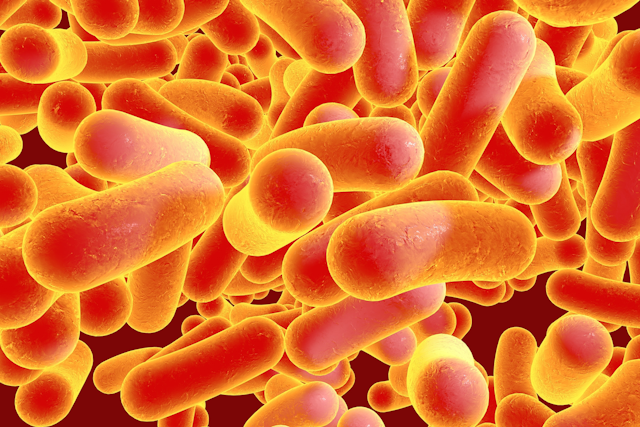We are well on the way to an Ebola vaccine after a trial in Guinea recently reported 100% efficacy. Clearly this medical breakthrough is great news. The virus has has been responsible for at least 27,680 infections and 11,281 deaths throughout west Africa to date.
The vaccine is based on modifying a vesicular stomatitis virus, which is similar to foot and mouth disease and affects various animals including cattle and horses. To make the vaccine, one of its genes is removed and replaced by a gene from the Ebola virus. Though this latter gene cannot cause Ebola as such, those who receive the vaccination produce antibodies that protect them from the virus.
Many, including Wellcome Trust director Jeremy Farrar, agree that this is a positive outcome. Yet The Mirror has been far more downbeat. Classing the new drug as part of a new range of so-called imperfect vaccines, many of which are genetically modified, it reported, “New vaccines for malaria, HIV and Ebola can spread diseases say shocking stats”.
GM anxiety
It is not difficult to see why the public may be wary of new approaches that involve genetically modified microorganisms. Genetic modification is a subject that can polarise views, and it is not uncommon for opponent organisations and activists to whip up hysteria with sensational stories.
Much of this publicity is about GM foods, however – witness the decision by the Scottish government to ban all GM crops, for example. Though there is no evidence that such foods lead to adverse outcomes, genetic modification actually has many wider applications. One important research area is to explore ways in which we can use such genetically modified organisms for medical therapies – including the Ebola vaccine. Indeed this is not a new concept. Synthesised insulin, humulin, has been in use since it was first licensed in 1982. It is synthesised from a genetically modified strain of the E.coli bacterium.
Bacteria often get a bad press, of course. Remember “Killer Bug Ate My Face” or more recently, “How your beloved dog could give you a killer disease”. Put bacteria and genetic modification together and you can imagine the potential headlines – yet if medicine is to advance, it is vital that the media reports this area responsibly.
Researchers are currently exploring using GM strains of bacteria for a number of therapeutic reasons, including cancer, gene therapy and obesity. In my laboratory, our bacteria research is focused on Salmonella and Listeria. Commonly associated with food poisoning, Listeria is particularly important due to its high mortality rate.
We are interested in studying how these bacteria interact with host cells and cellular processes, so that we can understand better how they cause infection. Armed with this knowledge we are trying to develop novel methods to prevent infection, particularly in the face of increasing antibiotic resistance. At the same time, we are trying to exploit bacterial mechanisms to find new ways to deliver medical therapies through genetic modification.
Our work aims to complement existing findings that Salmonella (and other bacteria) can thrive in tumour cells. These bacteria have evolved complex mechanisms so that they can invade cells and grow in the oxygen-poor environments which typically characterise tumours.
Imagine being able to deliver therapies specifically targeted to tumours that could help overcome the side effects of chemotherapy, which we know can also affect non-cancerous cells such as bone marrow, hair, skin and gut cells. Recent research has examined the use of a mechanism called quorum sensing to try and ensure that anti-tumour effects occur only in the tumour. Quorum sensing is used by bacteria to detect when there are enough of them present in an environment to achieve their desired ends such as switching on genes that help them to establish a community in a suitable environment. This is an elegant example of exploiting the natural capabilities of the bacterium.

Teething troubles
One problem with using bacteria in this way is infections, which can be more serious in people whose immune systems are weak through illness and/or medical treatment. Therefore the bacteria need to be disabled to the point that they can’t cause infection but can still survive in the host. So far, attempts to construct such strains have had limited success. There are also risks of the bacteria reverting back to an infectious type, which has happened with the live attenuated viral vaccine for polio, for instance. So while much of the research shows early promise in the laboratory and in experimental models, there is still much to be done before this type of therapy becomes a reality. I can see it taking ten to 15 years.
Once we do overcome these hurdles, like the Ebola vaccine developers, we may have to contend with the anti-GM lobby. Will they thwart such projects? Ultimately I doubt it. However much we dislike bacteria, for instance, we have learned to love probiotics. That global industry, which produces supplements containing live bacteria, is expected to be worth $28.8bn (£18.6bn) this year. If their lives depended on it, would most people probably drink a GM Salmonella cocktail as quickly as a probiotic drink? For most of us at least, I think we know the answer.

